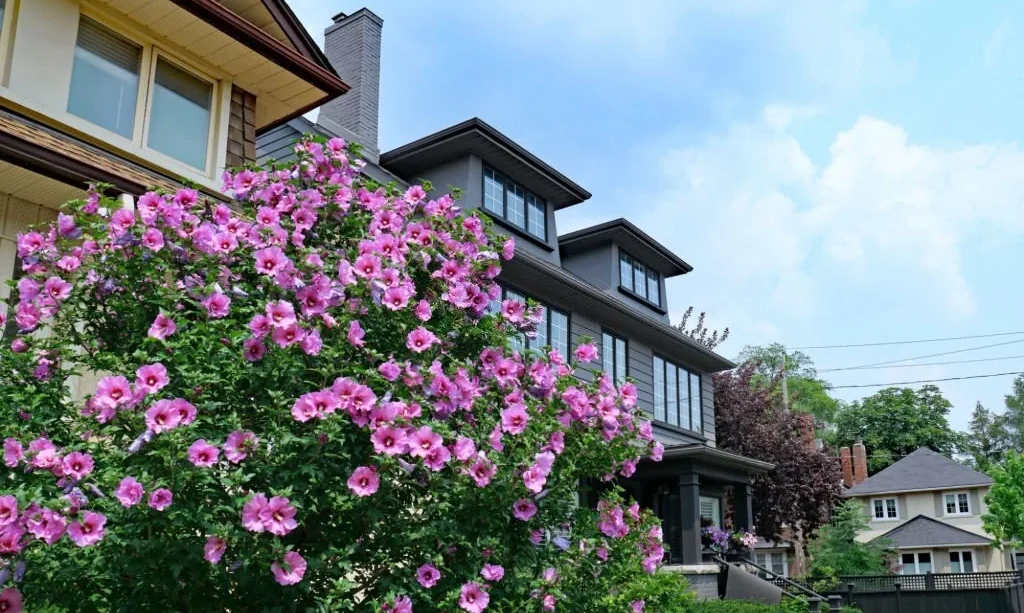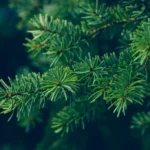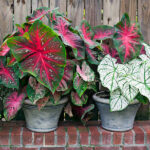Are you a proud owner of a Rose of Sharon bush, or thinking of adding one to your garden? This beautiful shrub, with its vibrant, trumpet-shaped flowers, is a sight to behold in any garden. However, like all plants, the Rose of Sharon bush sometimes faces challenges that can affect its health and, in severe cases, even lead to its demise. Fear not! In this article, we’ll delve into the common issues that can trouble this lovely plant and learn how to keep it flourishing.
- Ready to use
- Provides continuous feed for several weeks
- Available in a 24 oz. size
- Power source type: Corded Electric
- Ready to use rose and flower insect killer
Rose of Sharon Bushes
The Rose of Sharon, scientifically known as Hibiscus syriacus, is a versatile shrub cherished by gardeners for its late summer bloom. Native to Asia, this plant is a member of the hibiscus family and is renowned for its stunning, colorful blossoms that range from white and pink to purple and blue. The flowers often have a contrasting eye at the center, adding to their appeal.
Rose of Sharon is a hardy plant that thrives in USDA zones 5-9 and isn’t particularly fussy about its conditions. It can handle both full sun and part shade and is tolerant of different soil types, as long as they are well-draining.
However, despite its hardiness and adaptability, Rose of Sharon can sometimes face issues due to pests, diseases, or inappropriate care. Let’s explore these problems in the next sections.
Common Pests and Diseases of Rose of Sharon
Every garden has its share of pesky critters, and Rose of Sharon is no exception. Here are a few common troublemakers:
- Japanese Beetles: These shiny, copper-colored beetles love to snack on Rose of Sharon leaves. If you spot them or see skeletonized leaves, you know they’re around.
- Aphids: These tiny pests can cause leaves to curl and stunt the plant’s growth. You’ll usually find them on the underside of leaves or on tender new shoots.
- Whiteflies: These are small, winged insects that can cause yellowing of leaves. They are often found in clusters on the underside of leaves.
As for diseases, Rose of Sharon can be affected by a few:
- Leaf Spot: This is a fungal disease that causes spots on leaves. It’s usually more of a cosmetic issue, but severe cases can lead to leaf drop.
- Canker: This disease causes areas of the bark to become sunken or discolored and can lead to branch dieback.
- Root Rot: If your plant is overly watered or in poorly draining soil, it can develop root rot, which can be fatal if not addressed promptly.
- INSECT KILLER: Kills 100+ insects including Aphids, Caterpillars, Whiteflies, Japanese Beetles, and more
- KILLS ON CONTACT: Kills listed insects on contact
- 14 DAY PROTECTION: Protects against listed insects for up to 14 days
- USE ON: Roses, flowers, plants, and even vegetable gardens
Environmental Factors that Harm Rose of Sharon
Apart from pests and diseases, environmental factors can also pose a threat to your Rose of Sharon. Here’s what to watch out for:
- Watering: Rose of Sharon likes moist but well-drained soil. Overwatering can lead to root rot, while underwatering can cause wilting and leaf drop.
- Soil: Though it’s adaptable to different soil types, Rose of Sharon prefers slightly acidic, well-drained soil. Poorly draining or overly alkaline soil can lead to problems.
- Light: While Rose of Sharon can tolerate part shade, it truly thrives in full sun. A lack of enough light can lead to fewer flowers and leggy growth.
- Improper Pruning: Rose of Sharon benefits from regular pruning to maintain its shape and encourage flowering. However, over-pruning or pruning at the wrong time can harm the plant.
Remember, the key to dealing with these challenges is understanding them first. In the next sections, we’ll explore how to protect your Rose of Sharon from these threats.
How to Protect Rose of Sharon from these Threats
Now that we’ve identified the potential issues, let’s talk about how to keep your Rose of Sharon happy and healthy.
- Pest Control: For pests like aphids, beetles, or whiteflies, using insecticidal soap or neem oil can be effective. Always remember to apply these treatments in the evening to prevent sunburn on your plant.
- Disease Prevention: To prevent leaf spot and canker, ensure your plant has good air circulation and avoid watering from above to keep leaves dry. In case of root rot, ensure your plant has well-draining soil and avoid overwatering.
- Proper Care: Regularly check your plant’s watering needs, ensure it’s planted in well-draining soil, and make sure it gets at least 6 hours of sunlight each day. Prune your Rose of Sharon in early spring to maintain its shape and promote blooming.
- Miracle-Gro Shake ‘n Feed Rose & Bloom Plant Food contains micronutrients to help roses and other flowers grow strong and vibrant, promoting more blooms and spectacular color (vs. unfed plants)
- Plant food for growing roses and other flowering plants in-ground and in containers
- Nourishes above and below the soil for up to 3 months
- For best results, shake evenly onto dry soil, mix it in, then water to start feeding
- Feeds up to 33 sq. ft. , or approximately 6 rose bushes
Reviving a Sick Rose of Sharon Bush
If your Rose of Sharon seems unhappy, don’t panic! Here are steps to nurse it back to health:
- Identify the Issue: Check for signs of pests, disease, or environmental stress. Is the plant getting enough light? Is the soil too soggy or too dry?
- Address the Problem: Based on your observation, take necessary actions. Remove affected parts, treat for pests or disease, adjust watering, or relocate the plant if needed.
- Give It Time: Plants need time to bounce back. Be patient and continue to provide good care. Your Rose of Sharon should start showing signs of recovery with time.
- It is fully rooted in the soil and can be planted immediately upon arrival, weather permitting. Planting and how-to-care instructions will arrive with shipment.
- For best results, plant in USDA Zones 5-8. Mature height is 8-12ft, mature spread is 6-10ft.
- Single lavender flowers with lacy, frilly centers bloom early August through September.
- Perfect plant to group to form an easy to maintain colorful hedge. Grows well in full sun.
- Plant will be dormant (no leaves) late Fall through the Winter months, this is normal. It will leaf out in Spring.
Conclusion
A Rose of Sharon bush, with its flamboyant blossoms, can be a star performer in your garden. While it may face challenges from pests, diseases, or environmental factors, with proper understanding and care, you can help it thrive. Remember, a healthy plant is better equipped to fend off pests and diseases, so provide your Rose of Sharon with the best conditions you can. With a bit of attention and care, you can enjoy the beautiful blooms of this resilient plant for many summers to come.







